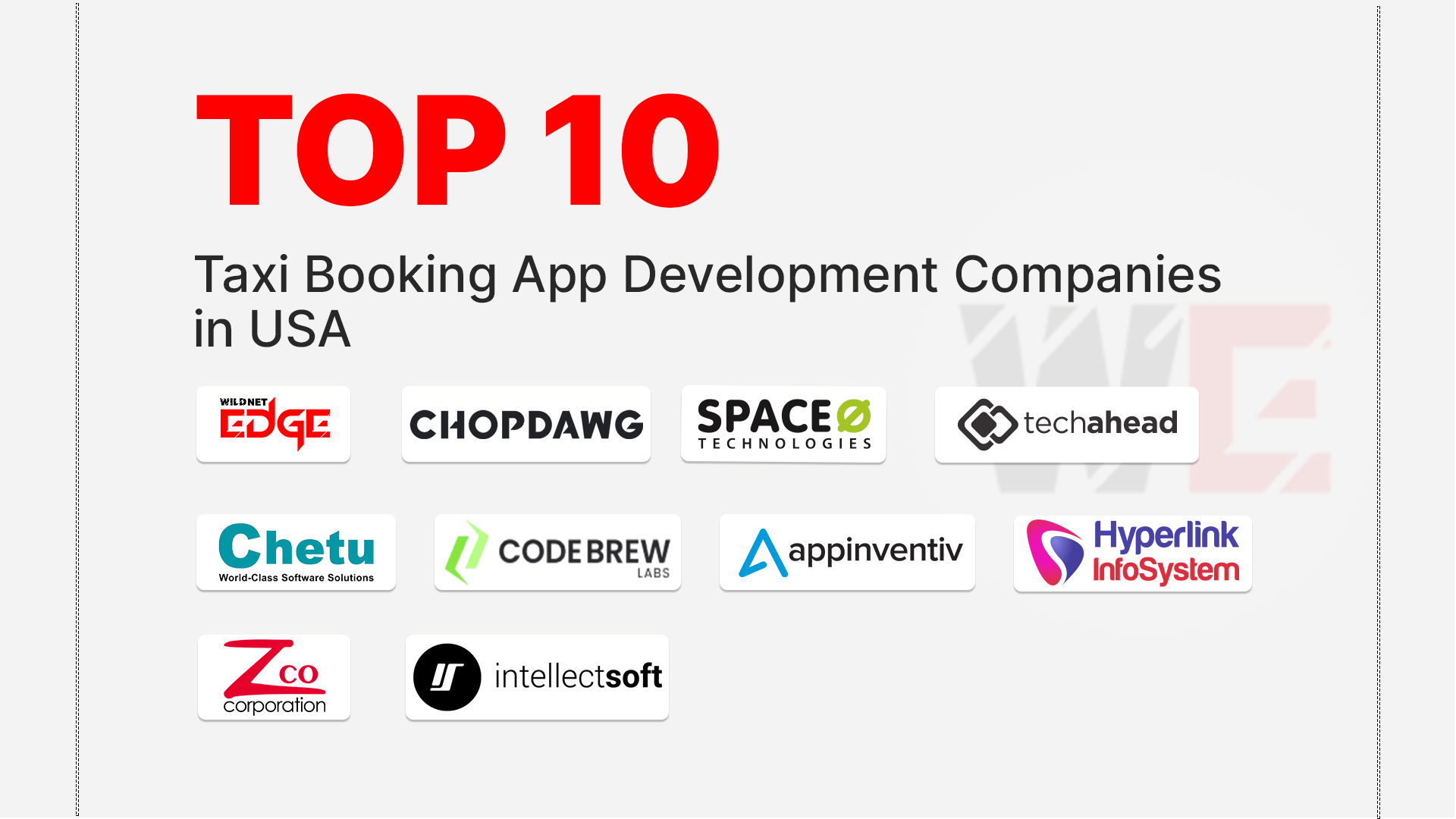In the modern digital economy, speed is the ultimate competitive advantage. The ability to conceive, develop, and deploy new features or services faster than the competition is what separates market leaders from followers. For decades, however, businesses have been hampered by traditional, siloed software development models. These rigid structures, characterized by long development cycles, infrequent releases, and a wall of separation between development (Dev) and operations (Ops) teams, are fundamentally at odds with the demands of today’s market. This friction leads to delayed projects, frustrated teams, and missed opportunities. The solution to this critical business challenge lies in a cultural and technological shift known as DevOps, with automation as its powerful engine. Understanding the core DevOps automation benefits is the first step toward transforming your organization into a nimble, agile powerhouse capable of responding to market changes in real-time.
The journey toward agility is not just about buying new tools; it’s about fundamentally rethinking how your teams work together to deliver value. It requires a holistic approach that breaks down barriers and aligns technology with strategic business objectives. This is where a partnership with a provider of expert DevOps Services becomes invaluable, providing the strategic guidance and technical expertise needed to navigate this complex but rewarding transformation. The goal is to create a seamless flow from idea to implementation, and automation is the current that drives that flow forward.
What is DevOps and Why Does Automation Matter?
At its heart, DevOps is a cultural philosophy that emphasizes collaboration, communication, and shared ownership between software development and IT operations teams. The primary goal of DevOps is to shorten the systems development life cycle while delivering features, fixes, and updates frequently, in close alignment with business objectives. However, a culture of collaboration alone is not enough to achieve the desired speed and quality. Without the right technical practices, even the most cooperative teams will struggle with manual, error-prone processes that create bottlenecks and slow down the entire delivery pipeline.
This is where automation becomes the linchpin of the entire DevOps framework. DevOps Automation is the process of using technology to make the tasks within the software delivery lifecycle repeatable, reliable, and performant with minimal human intervention. It involves automating every possible step, from the moment a developer commits code to the point where that code is running in production, serving live customers. Automation isn’t just about replacing manual tasks; it’s about creating a robust, self-healing, and efficient system that allows for rapid iteration and continuous improvement. It is the practical application of the DevOps philosophy, turning principles of collaboration and speed into tangible business outcomes. By removing manual toil, organizations can focus on innovation, experimentation, and delivering value to their customers at an unprecedented velocity.
The Core Pillars of DevOps Automation
To fully appreciate the benefits, it’s essential to understand the key practices that form the foundation of a modern, automated software delivery pipeline. These pillars work in concert to create a fast, efficient, and reliable path from development to production.
Continuous Integration (CI): The Foundation of Speed
The first and most fundamental pillar is continuous integration. In a traditional model, developers would work in isolation on separate features for weeks or even months. The process of merging all this disparate code together at the end of a cycle, often called “merge hell,” was notoriously difficult, time-consuming, and bug-prone. Continuous integration solves this by having developers merge their code changes into a central, shared repository multiple times a day. Each of these merges triggers an automated process that builds the application and runs a suite of initial tests. This ensures that the core codebase is always in a healthy, working state. The primary benefit of continuous integration is the ability to detect and resolve integration bugs early and often, when they are small, simple, and inexpensive to fix. It provides a constant feedback loop that gives developers the confidence to make changes rapidly without fear of breaking the entire application.
Automated Testing: The Guardian of Quality
Speed without quality is a recipe for disaster. This is why automated testing is the indispensable partner to continuous integration. In an automated pipeline, the CI process triggers a comprehensive suite of tests at various levels—unit tests to validate individual components, integration tests to ensure different parts of the application work together correctly, and end-to-end tests that simulate real user workflows. This rigorous, multi-layered approach to automated testing provides a critical safety net, ensuring that no new feature or change introduces a regression or breaks existing functionality. It replaces the slow, expensive, and often inconsistent manual testing process with a fast, reliable, and repeatable system. By embedding quality checks directly into the pipeline, automated testing allows teams to move quickly while maintaining a high standard of quality, giving them the confidence to release frequently without compromising the user experience. This focus on quality is a cornerstone of modern Software Development Solutions.
Continuous Delivery/Deployment (CD): The Path to Production
Once code has been successfully integrated and has passed all automated tests, the next step is to get it into the hands of users. This is where Continuous Delivery and Continuous Deployment come in.
- Continuous Delivery is the practice of automating the entire release process. After passing all tests, the new version of the application is automatically packaged and deployed to a staging environment, where it can undergo final user acceptance testing. The code is always in a deployable state, and the final push to production can be triggered with the click of a button.
- Continuous Deployment takes this one step further. If the code passes every stage of the automated pipeline, it is automatically deployed directly to production without any human intervention. Both practices dramatically reduce the risk and overhead associated with software releases, making them routine, low-stress events.
Infrastructure as Code (IaC): The Blueprint for Stability
A major source of issues in traditional IT was “environment drift,” where the development, staging, and production environments were configured differently, leading to bugs that were impossible to reproduce. Infrastructure as Code (IaC) solves this by managing and provisioning infrastructure—servers, databases, load balancers—through machine-readable definition files (code), rather than manual configuration. This code can be version-controlled and integrated into the CI/CD pipeline. The benefits are immense: it ensures consistency across all environments, eliminates manual configuration errors, and makes it incredibly easy to create, tear down, and replicate entire environments on demand. This practice is fundamental to leveraging modern Cloud Infrastructure Services effectively and is essential for building scalable and resilient systems, particularly for platforms delivered via SaaS Development Services.
Tangible DevOps Automation Benefits for Your Business
Adopting these practices translates directly into measurable improvements in business performance and agility.
Drastically Accelerated Time-to-Market
The most immediate and impactful of all DevOps automation benefits is the dramatic reduction in the time it takes to get a new idea into the hands of customers. By automating the build, test, and deployment process, you eliminate the manual handoffs and wait times that plague traditional workflows. A feature that might have taken three months to deliver can now be shipped in three weeks, or even three days. This velocity allows you to out-innovate your competition, respond faster to customer feedback, and capitalize on market opportunities before they disappear.
Improved Code Quality and Reliability
Automation instills a culture of quality. By leveraging automated testing and continuous integration, teams catch bugs earlier in the development cycle, when they are exponentially cheaper and easier to fix. Furthermore, automating the deployment process itself eliminates the risk of human error during releases, which is a leading cause of downtime. The result is more stable, reliable software, which leads to higher customer satisfaction, reduced support costs, and a stronger brand reputation.
Enhanced Team Productivity and Morale
One of the most overlooked DevOps automation benefits is its impact on your team. Developers are most engaged and productive when they are solving creative problems and building new features, not when they are bogged down with repetitive, manual tasks like running tests or deploying code. Automation liberates them from this mundane work, allowing them to focus on high-value activities that drive the business forward. This leads to higher job satisfaction, lower employee turnover, and a more innovative engineering culture.
Choosing the Right DevOps Tools
The marketplace for DevOps tools is vast and can be overwhelming. It’s crucial to remember that the tools themselves are not the solution; they are enablers of the processes and culture. The right set of DevOps tools will depend on your specific technology stack, team expertise, and business goals. Some popular categories and examples include:
- CI/CD & Automation Servers: Jenkins, GitLab CI/CD, CircleCI, GitHub Actions
- Infrastructure as Code: Terraform, Ansible, Pulumi
- Containerization: Docker, Kubernetes
- Monitoring & Logging: Prometheus, Grafana, Datadog, ELK Stack The selection and integration of these DevOps tools are critical for building an effective pipeline.
Conclusion
The evidence is clear: the DevOps automation benefits are transformative, directly impacting a company’s ability to compete and succeed. By embracing automation, businesses can break free from the constraints of slow, traditional development cycles and become truly agile organizations. At Wildnet Edge, our AI-first approach takes this a step further. We believe the future of DevOps is AIOps—the application of artificial intelligence to IT operations. We build intelligent pipelines that use machine learning to predict build failures, optimize resource allocation in the cloud, and analyze test results to identify high-risk changes before they reach production. This elevates automation from a simple workflow tool to a predictive, self-optimizing engine that maximizes efficiency and further accelerates your journey to market leadership.
FAQs
DevOps automation refers to the use of technology and tools to automate the processes in the software development and IT operations lifecycle. The goal is to make the entire pipeline—from code commit to production deployment—faster, more reliable, and less dependent on manual intervention.
Continuous Integration (CI) is the practice of developers frequently merging their code changes into a central repository, after which automated builds and tests are run. Continuous Delivery (CD) is the practice of automating the entire release process, so that any code that passes all automated tests is automatically prepared and deployed to a pre-production environment, ready to be released to live customers with the push of a button.
Automated testing improves quality by creating a repeatable and comprehensive safety net. It runs a wide range of tests on every code change automatically, catching bugs and regressions instantly. This prevents human error, ensures consistent test coverage, and allows developers to release new features with high confidence that they haven’t broken existing functionality.
No, DevOps principles and automation are beneficial for companies of all sizes. Startups can use DevOps to build a scalable and efficient foundation from day one, while large enterprises can use it to break down silos and increase the agility of their established teams.
The landscape of DevOps tools is extensive, but some of the most popular include Jenkins for CI/CD automation, Docker for containerization, Kubernetes for container orchestration, Terraform for Infrastructure as Code, and monitoring tools like Prometheus and Grafana.

Nitin Agarwal is a veteran in custom software development. He is fascinated by how software can turn ideas into real-world solutions. With extensive experience designing scalable and efficient systems, he focuses on creating software that delivers tangible results. Nitin enjoys exploring emerging technologies, taking on challenging projects, and mentoring teams to bring ideas to life. He believes that good software is not just about code; it’s about understanding problems and creating value for users. For him, great software combines thoughtful design, clever engineering, and a clear understanding of the problems it’s meant to solve.
 sales@wildnetedge.com
sales@wildnetedge.com +1 (212) 901 8616
+1 (212) 901 8616 +1 (437) 225-7733
+1 (437) 225-7733































